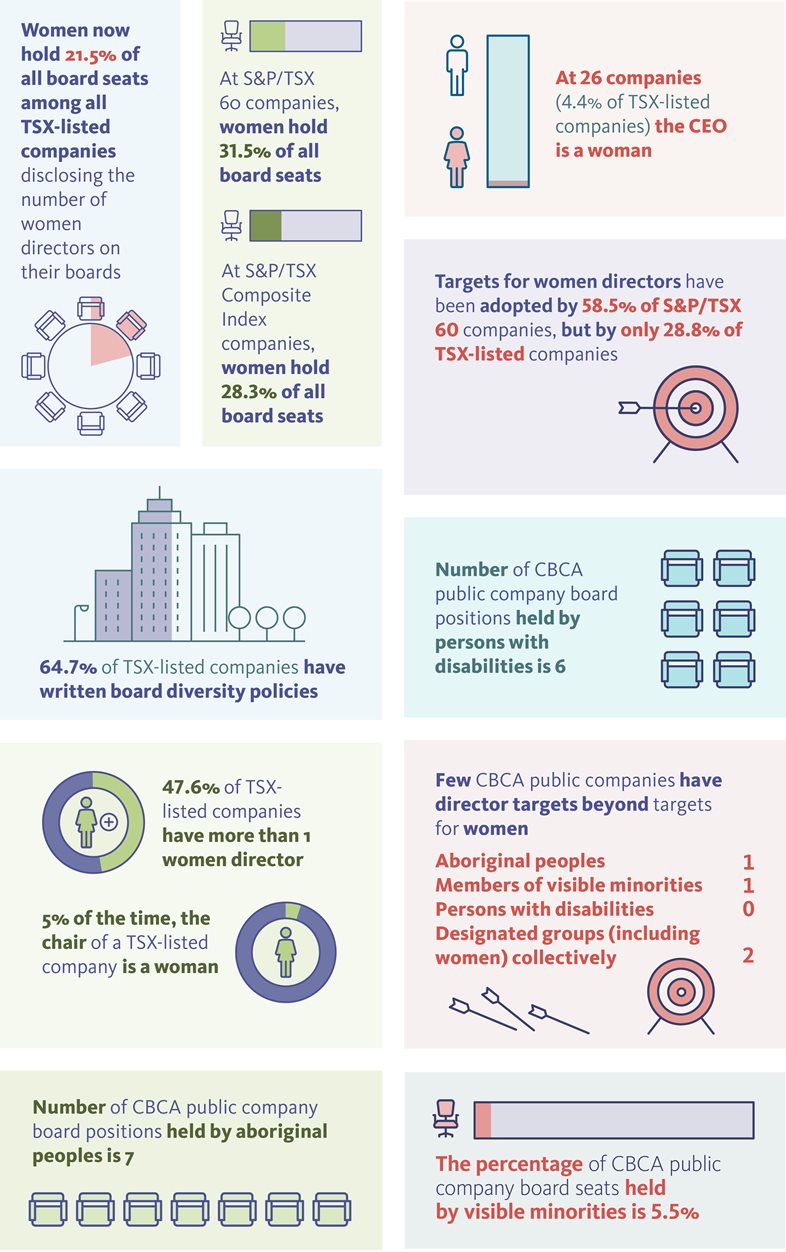
The first bottleneck for female advancement appears to occur between the entry and manager levels, and the second between director and vice-president levels, where men advance three times more than women do. It found that women make up approximately 45 percent of all entry-level employees but only 25 percent of vice presidents and 15 percent of CEOs. Our workplace survey of 69 Canadian companies representing more than 500,000 employees sheds light on the barriers women face in the workplace. Visit our Productivity, Competitiveness & Growth pageĪlthough 53 percent of the degree holders in Canada are female, women are a minority of corporate leaders. Results are largely homogeneous across provinces and cities, pointing to common priority areas for action for the nation and for organizations. Gender gaps are most significant in seven out of 15 indicators: managerial positions science, technology, engineering, and mathematics (STEM) education STEM occupations entrepreneurship political representation unpaid care work and single parenthood. Data on many indicators has shown little improvement and, at current rates, gender gaps could take 30 to 180 years to close. However, progress in Canada has stalled over the past 20 years. Please email us at: is among the global leaders in women’s equality-MGI’s global research in 2015 ranked Canada in the top ten of 95 countries based on a review of 15 equality indicators in work and society. If you would like information about this content we will be happy to work with you. We strive to provide individuals with disabilities equal access to our website. Another 16 percent would come from increasing women’s working hours. Achieving this economic opportunity would require Canada to add more women to high-productivity sectors, such as technology, and raise women’s participation in the labor force, each of which would account for 42 percent of the impact.


Each province stands to gain between 4 and 9 percent in 2026, with the most potential growth in British Columbia, Ontario, Prince Edward Island, and Quebec (exhibit). Put another way, this figure is equivalent to adding a new financial-services sector to the economy. That’s 6 percent higher than business-as-usual GDP growth forecasts over the next decade. In a new report from the McKinsey Global Institute (MGI), The power of parity: Advancing women’s equality in Canada, we find that by taking steps to address this issue, Canada could add $150 billion in incremental GDP in 2026 or see a 0.6 percent increase of annual GDP growth.
#COMPANY OF WOMEN CANADA FULL#
Executive Summary (PDF-572KB) Full Report (PDF-3MB)Īccelerating progress toward gender equality is not only a moral and social imperative, it would also deliver a growth dividend for Canada.


 0 kommentar(er)
0 kommentar(er)
